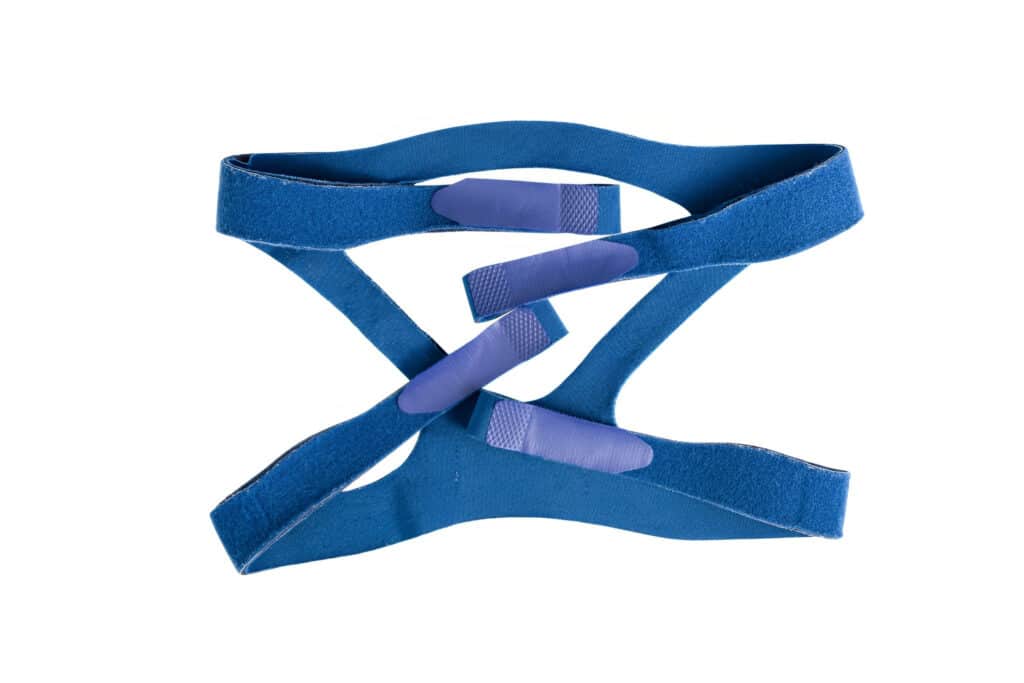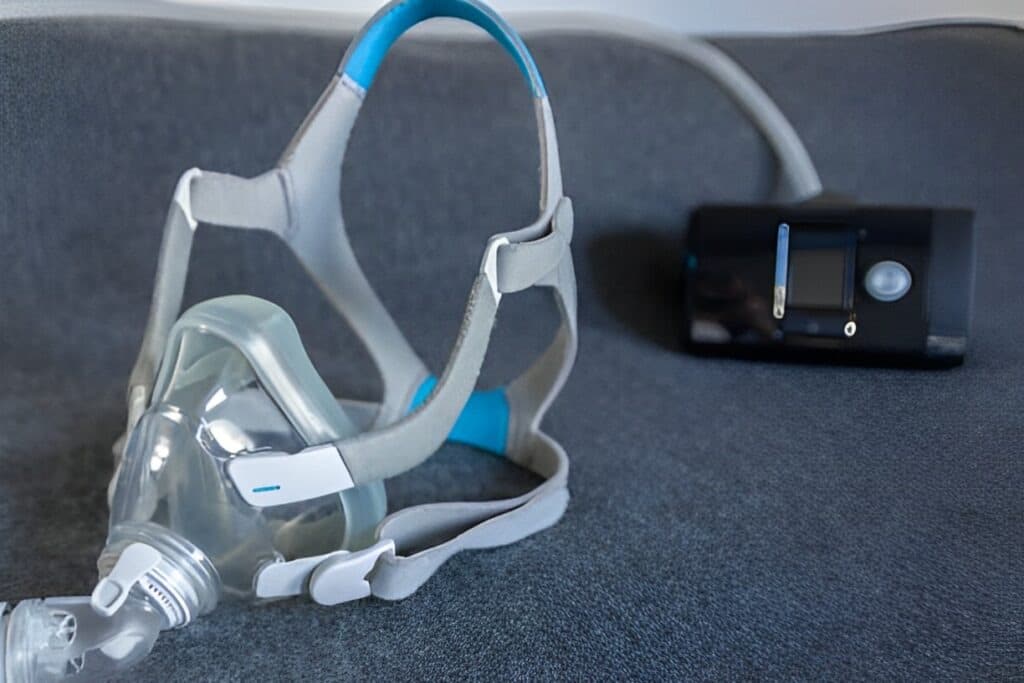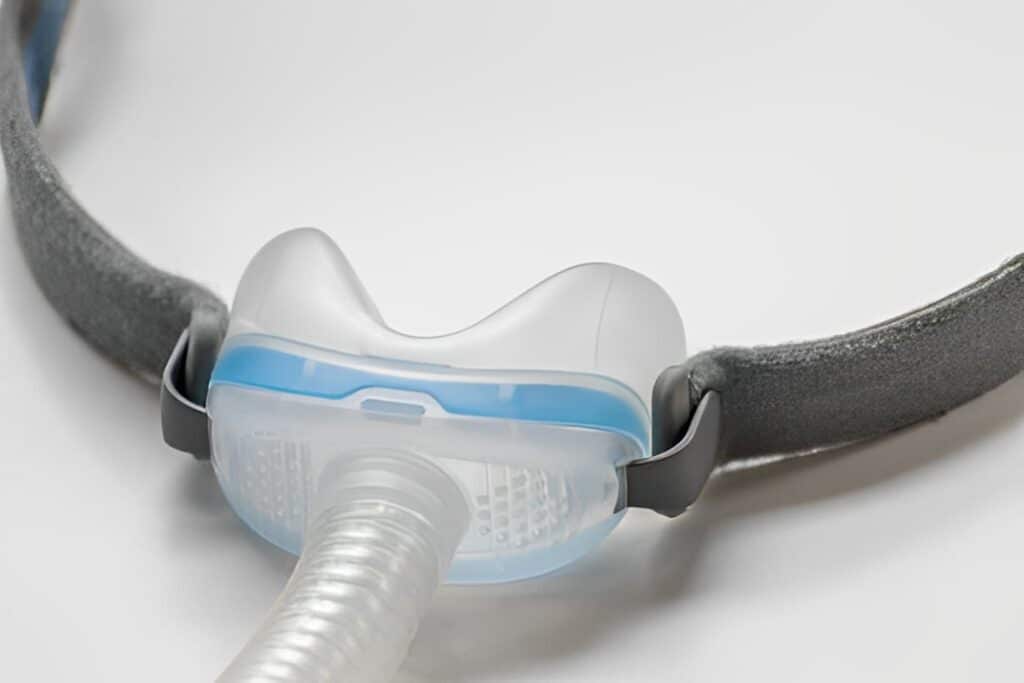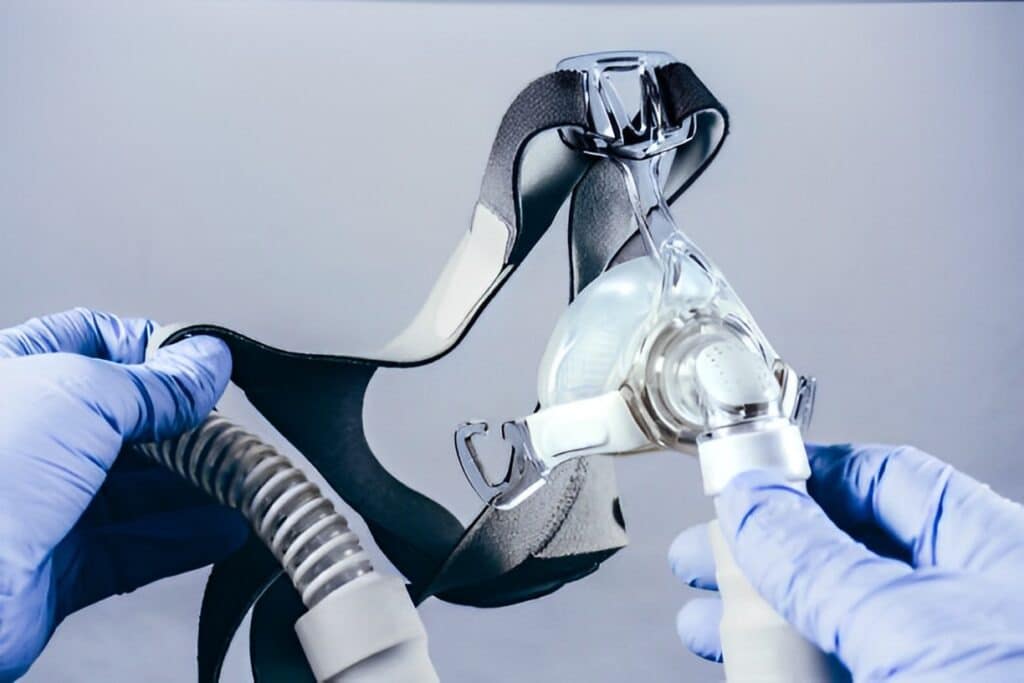CPAP therapy is a crucial treatment option for individuals suffering from sleep apnea. It involves using a machine to deliver continuous positive airway pressure, which helps keep the airways open and prevent the occurrence of breathing pauses during sleep. However, for the therapy to be effective, it is essential to have the right components, including the CPAP headgear.
The headgear is the part of the CPAP equipment that holds the mask securely in place, ensuring that the prescribed air pressure is delivered effectively to the airways. It is available in various designs mask styles, materials, and sizes to accommodate the unique needs of each individual. The options are endless, from full-face headgear to nasal pillow headgear, making it possible to find the right fit for everyone.
In this article, we will explore the different CPAP headgear options available and help you choose the one best suited for your individual needs.
What is CPAP Headgear?

CPAP headgear is an essential component of CPAP therapy used to treat obstructive sleep apnea. The headgear is designed to secure the CPAP mask to the face, ensuring a proper fit during sleep. CPAP headgear is made from a combination of materials, including stretchy and durable fabrics, adjustable straps, and Velcro fasteners, allowing easy and comfortable adjustments.
The headgear serves a dual purpose by providing a secure fit sleeping position for the mask and ensuring the delivery of the prescribed pressure to the airways. It also helps prevent leaks, a common problem in CPAP therapy, especially for those prone to movement during sleep.
The Importance of CPAP Headgear
CPAP headgear is crucial in ensuring the effectiveness and comfort of CPAP therapy for individuals with sleep apnea. There are several reasons why the headgear is important:
- Secure Fit: The headgear secures the CPAP mask to the face, ensuring a proper and snug fit that prevents leaks and allows for the delivery of the prescribed air pressure to the airways.
- Comfort: The headgear is designed with comfort in mind and is made of soft, flexible, and breathable materials. A comfortable headgear allows for a more restful sleep, reducing the chances of discomfort or agitation during the night.
- Ease of Use: The headgear is adjustable, making it possible to find the right fit for each individual. This customization is essential for the success of the therapy and helps ensure that the headgear stays securely in place throughout the night.
- Therapy Effectiveness: The effectiveness of CPAP therapy is greatly impacted by the fit of the mask and headgear. If the headgear is not properly adjusted, it can result in leaks or reduced air pressure, making the therapy less effective.
Also Read: CPAP mask types: Everything you need to know!
All of the Different types of CPAP headgear
Full-Face Headgear

Full-face headgear is a type of headgear that designers create for use with full-face CPAP masks. The headgear covers the entire face and nasal mask, including the nose and mouth. Typically, individuals who require higher pressure settings or breathe through their mouth during sleep use it. The headgear secures the mask and helps prevent leaks, ensuring that it delivers the prescribed air pressure to the airways.
Most of the time, it is made of soft, flexible, and breathable materials that are made to make sleeping comfortable. It is adjustable, allowing individuals to find the right fit for their head and face. Some full-face headgear also has additional features, such as straps that go over the head or around the neck, to provide additional stability and prevent the face mask itself from slipping during sleep.
Also Read: Best CPAP Full Face Masks For Your Sleep Apnea
Nasal Pillow Headgear

For use with nasal pillow CPAP masks, nasal pillow headgear is a form of headgear. It has small, soft pillows that rest in the nostrils and deliver air directly to the airways.
It is usually minimal in design, with minimal straps or bands that wrap around the head full face mask and is designed to be as lightweight and unobtrusive as possible. This design makes it ideal for individuals who prefer a less bulky and more discreet option for their CPAP therapy.
Nasal Headgear

This is a type of headgear designed for use with nasal CPAP masks. Nasal face masks that cover the nose only and deliver air directly to the airways through small, soft prongs or cushions.
The Advantages And Disadvantages Of CPAP Headgear
Advantages of CPAP Headgear
- Secure Fit: The headgear provides a secure and snug fit that helps prevent leaks and allows for the delivery of the prescribed air pressure to the airways.
- Comfort: CPAP headgear is typically made of soft, flexible, and breathable materials designed for comfort during sleep.
- Adjustability: Most headgear is adjustable, making it possible to find the right fit for each individual, improving comfort and ensuring therapy effectiveness.
- Durability: High-quality headgear is often made of durable materials that can withstand the rigors of daily use and last for several months.
- Ease of Use: CPAP headgear is easy to put on and take off, making it convenient for individuals to use during sleep.
Disadvantages of CPAP Headgear
- Cost: Some headgear can be expensive, especially if it is made of high-quality materials and has advanced features.
- Irritation: Some persons may experience irritation or pressure points as a result of improperly fitting headgear.
- Difficulty Sleeping: Some individuals may find it difficult to sleep comfortably with the headgear, especially if it is too tight or not adjusted properly.
- Maintenance: The CPAP headgear requires routine cleaning and maintenance, and it may require replacement more frequently than other CPAP components.
Factors to Consider When Choosing a Headgear
When choosing different CPAP headgear, there are several factors to consider to ensure that it provides the best possible comfort, fit, and performance:
- Comfort: Choose headgear that is made of soft, flexible, and breathable materials that are designed to be comfortable against the skin, especially if you plan to wear it for an extended period.
- Size and fit: Consider the size of your head and the shape of your face when choosing headgear. Look for adjustable headgear to achieve the right fit and prevent leaks.
- Mask type: Choose headgear that is compatible with your CPAP mask. Each type of CPAP mask requires a specific type of headgear.
- Ease of use: Consider how easy it is to put on and adjust the headgear. Some headgear has extra features that make it easier to put on and take off, like Velcro straps.
- Cost: CPAP headgear is an ongoing expense typically replaced every six to twelve months. Consider the cost of the headgear and whether it fits within your budget.
- Cleaning and maintenance: Consider the cleaning and maintenance requirements of the headgear. Some headgear is machine washable, while others may require hand washing or spot cleaning
Also Read: Best Ways To Clean Your CPAP Machine
Frequently Asked Questions
How do I choose the right headgear for me?
Moreover, the right headgear depends on the type of CPAP mask you use and personal preferences such as comfort mask style, adjustability, and durability.
Can I wash my headgear?
Yes, you can wash most hybrid CPAP masks and headgear. It’s important to follow the manufacturer’s instructions for cleaning and maintenance.
How often should I replace my headgear?
The replacement frequency depends on how often you use your nasal CPAP mask and how well you take care of your headgear. A general guideline is to replace it every 6 to 12 months.
Does insurance cover headgear?
It depends on your insurance policy and what type of headgear you need. However, some insurance plans cover the cost of headgear, while others do not.. It’s best to check with your insurance provider.
How do I adjust my headgear for a comfortable fit?
Most headwear has straps that you can tighten or loosen to make it fit comfortably. Consult the manufacturer’s instructions for specific adjustment instructions.
Does the oral CPAP mask need headgear?
Indeed, most oral CPAP masks require headgear to properly secure the mask in place while the user sleeps. The headgear is typically made of soft and adjustable straps that are designed to hold the mask firmly on the face and prevent it from slipping or leaking air.
Conclusion
CPAP headgear is a crucial component of CPAP therapy for individuals with sleep apnea. With so many options available, it is essential to choose the right headgear to ensure comfort and therapy effectiveness. Each option has its advantages and disadvantages, from full-face headgear to nasal pillow mask headgear. When selecting the best headgear, it is important to consider individual needs, preferences, and budgets.
It is also crucial to adjust the headgear properly to ensure a secure fit and minimize the risk of discomfort, leakage, or reduced therapy effectiveness. Regular maintenance and cleaning of the headgear can also ensure its longevity and performance.
We hope this article has provided valuable information and insights into the different CPAP headgear options. Please contact your healthcare provider or sleep specialist if you have any questions or need additional information. And remember, the right headgear can make all the difference in the comfort and effectiveness of your CPAP therapy.
Don’t compromise on comfort and effectiveness. Explore our range of CPAP accessories today and step into a world of improved sleep therapy.




